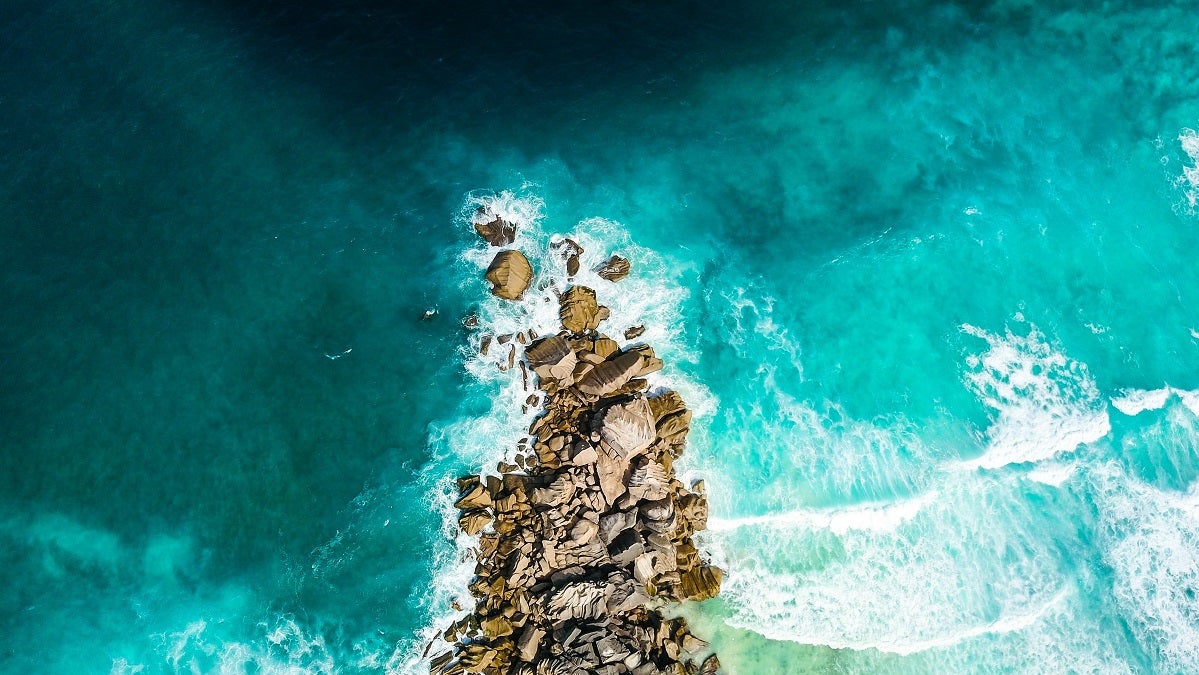
On the Fijian island of Vanua Levu in the South Pacific, plans are under way to create a ‘Blue Town’—a model for developing sustainable communities that can help conserve coastal areas, mangroves and coral reefs. If successful, the initiative would be funded through an emerging asset class known as blue finance, a type of green investing that supports water-related projects.
The part that focuses on coral reefs is one of a number of potential marine projects that are being identified for investment by a consortium of conservationists, philanthropists, private companies and multiple United Nations agencies. Those include the UN Development Programme through the Global Fund for Coral Reefs, which aims to raise and invest $500 million to protect reefs over the next decade.
“Coral reefs are in a dire situation, 90% of the world’s coral reefs will be threatened or very threatened by 2050, and the finance to save the reefs is just not there—it’s estimated the financing gap is currently about seven times short of what is needed,” says Maxime Philip, fund design coordinator at the UN Multi-Partner Trust Fund Office.
While coral reefs are at risk from climate change and warming oceans, these challenges are exacerbated by pressures from a range of human activities, such as overfishing, tourism and wastewater runoff, particularly from agriculture. Those stressors can damage reefs and make them more susceptible to climate change.
David Meyers, executive director of the Conservation Finance Alliance, which is helping the fund develop its investment plan, says blue finance initiatives can improve coral reef resilience by funding businesses that reduce the impact of those activities, such as local wastewater treatment plants, ecotourism or better fisheries management.
The Fiji project, for instance, aims to invest in sustainable businesses such as sanitary landfill and oyster hatcheries.
Conserving marine ecosystems
One of the challenges with blue finance is that there is a limited pipeline of bankable ocean conservation projects that have the ability to generate returns for investors. That means grants and other concessional money is often needed to help develop and incubate projects to make them a more attractive investment.
To solve that problem, the Global Fund for Coral Reefs is using a blended financing approach that brings together grant money, concessional loans and private investment. That approach has also been championed by the aptly named social enterprise Blue finance, an organisation which helps manage and sustainably finance marine protected areas (MPAs).
“We’re coming from a world where marine conservation has been subsidised by grants and government money, and every two years you have to ask for more, so we need to break that cycle by creating sustainable revenue streams for MPAs to finance themselves,” says Nicolas Pascal, co-founder of Blue finance.
Those include selling blue carbon credits through mangrove and seagrass conservation and restoration, ecotourism—such as charging entry fees for marine park use—and sustainable fisheries.
Blue finance already has two pilot projects running in the Dominican Republic and the Philippines, with a further three planned in Belize, Cambodia and Cape Verde. Pascal hopes to have 20 MPAs under the scheme by 2030.
Another way ocean conservation is being funded is through bond issuance. Back in 2008, the World Bank issued the first ever green bond, creating a market that has since seen almost $850 billion of issuance, according to Dealogic. In 2018, the World Bank then worked with the Seychelles to issue the world’s first blue bond—a $15 million deal to support sustainable marine and fisheries projects.
Impact investment opportunities
While the blue bond market remains in its infancy—only a handful have been issued since—the World Bank has also been working on a series of water and ocean themed sustainable development bonds that are aligned with the UN’s Sustainable Development Goals. The bank has raised around $5 billion so far, highlighting challenges around marine plastics and ensuring people have access to clean water and good sanitation, says Heike Reichelt, head of investor relations and sustainable finance at the World Bank.
Pierre Rousseau, BNP Paribas’ senior sustainability advisor, believes that banks are likely to play a central role in developing the commercial blue bond market, following the Bank of China’s debut deal in September. Yet it is another blue economy industry that he thinks will really propel blue bond issuance in the future.
“Seaweed can become the largest blue economy industry of tomorrow because seaweed can be used for many things—for food, for packaging, for textiles, for biomedicine, for cosmetics, for biofuel,” says Rousseau. “If we develop seaweed farming we will be able to reallocate a lot of resource that we use on land and move it to the ocean.”
The OECD estimates that the blue economy will be valued at $3 trillion by 2030, double what it was worth in 2010, and generate around 40 million jobs.
BNP Paribas has also been developing a blue finance investment solution that allows investors to buy shares in an index fund that tracks the stock-market performance of water-related companies—such as water treatment and desalination businesses—while also donating a small portion of their investment to the Tara Ocean Foundation’s research and exploration projects.
“The blue economy is not just about the ocean, but also about how we use water on land, so we see it as an issue for all water on the planet and how we manage that,” says Neven Graillat, head of the sustainable investment solutions structuring team at BNPP.

On the Fijian island of Vanua Levu in the South Pacific, plans are under way to create a ‘Blue Town’—a model for developing sustainable communities that can help conserve coastal areas, mangroves and coral reefs. If successful, the initiative would be funded through an emerging asset class known as blue finance, a type of green investing that supports water-related projects.
The part that focuses on coral reefs is one of a number of potential marine projects that are being identified for investment by a consortium of conservationists, philanthropists, private companies and multiple United Nations agencies. Those include the UN Development Programme through the Global Fund for Coral Reefs, which aims to raise and invest $500 million to protect reefs over the next decade.





